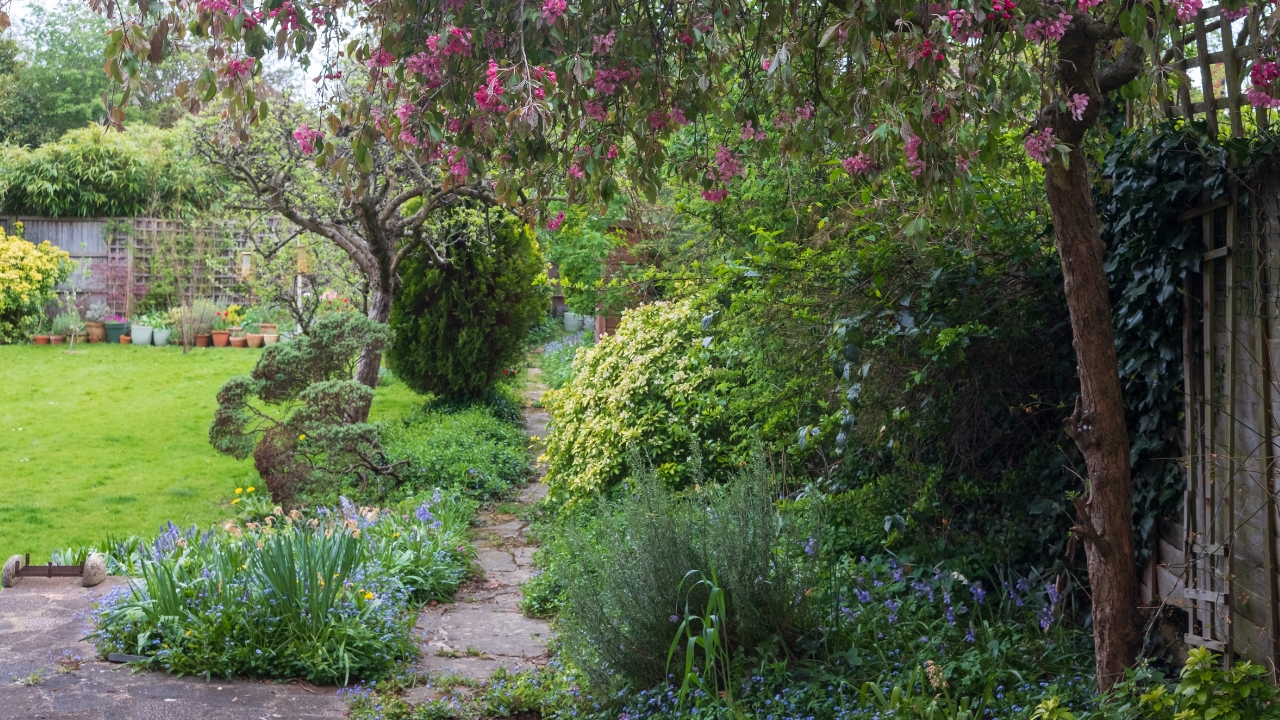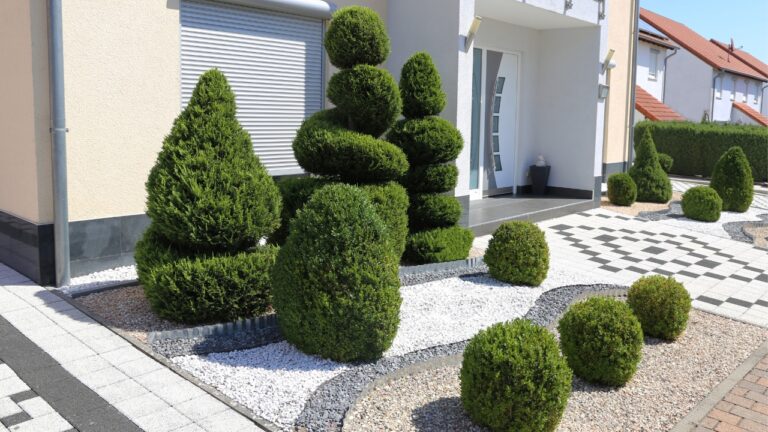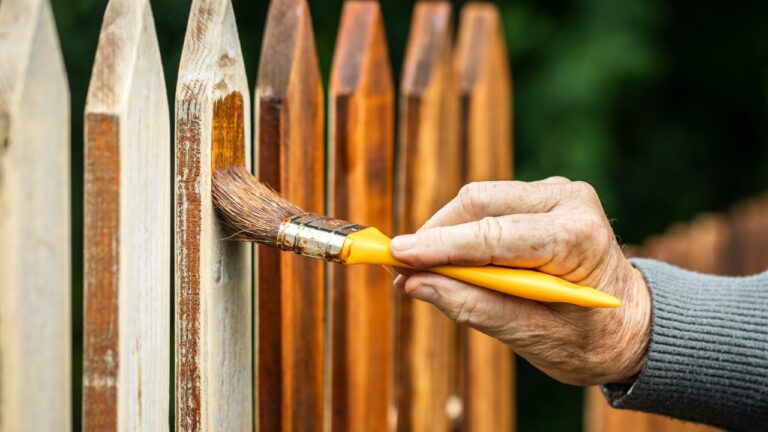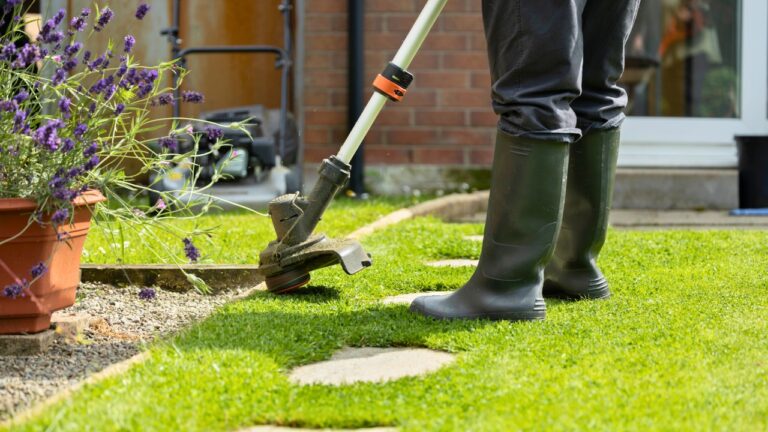10 things landscapers notice the second they see your yard
Landscapers have a trained eye. The moment they step onto a property, they can pick up on details most homeowners overlook. These aren’t small nitpicks—they’re the things that tell them how much work your yard really needs.
If you’ve ever wondered what stands out to a pro right away, here’s what they’re seeing before you’ve even had a chance to explain what you want done.
Patchy or Thin Grass
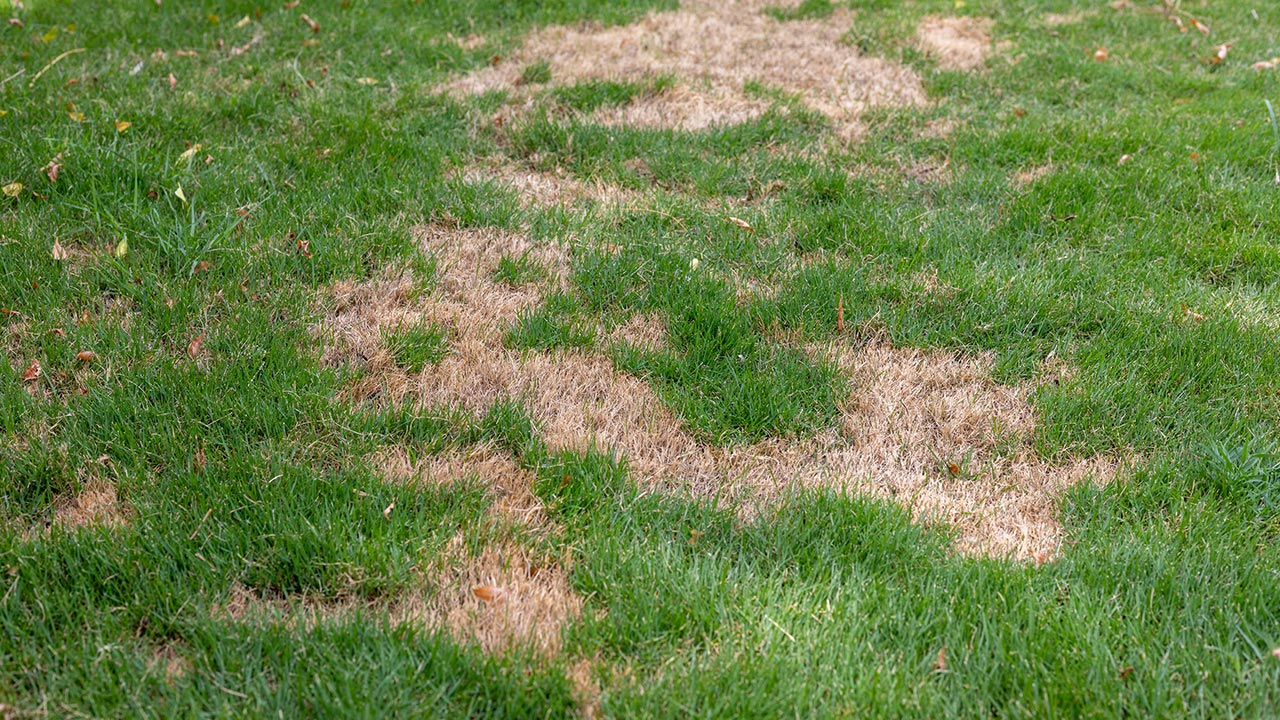
The condition of your lawn is the first thing they see. Patchy grass with bare spots tells them the soil might be compacted, nutrient-deficient, or overwatered. It’s a quick giveaway that maintenance has been inconsistent.
Healthy, even grass signals a cared-for yard, but uneven growth makes it clear there are bigger issues at play. Landscapers immediately start thinking about reseeding, aeration, or soil testing to get it back on track.
Overgrown Edges

Edges around driveways, sidewalks, and flower beds frame the entire yard. When they’re overgrown, it makes the whole space feel neglected. Landscapers notice grass creeping over concrete instantly.
Clean edges, on the other hand, make a yard look sharp without much effort. It’s one of the simplest fixes that professionals always clock because it changes the first impression immediately.
Poor Drainage Spots

If your yard has soggy areas or noticeable water pooling, landscapers spot it right away. Those areas usually indicate improper grading, compacted soil, or clogged gutters.
Drainage issues don’t just look bad—they cause long-term damage to plants and foundations. Pros instantly start calculating solutions, like French drains or re-sloping, when they see waterlogged patches.
Struggling Trees and Shrubs

Dead branches, thin leaves, or odd growth patterns tell a landscaper that trees and shrubs aren’t thriving. They know unhealthy plants can drag down the entire look of a yard.
They’re also thinking about safety. Dead limbs hanging over a house or driveway are a liability, and landscapers immediately flag them for removal or pruning.
Weed Growth

Weeds are like a neon sign telling landscapers that the yard has been neglected. Crabgrass, dandelions, and clover spreading across the lawn are hard to miss.
Weed issues tell pros that the soil health is off balance or that mowing and fertilizing habits need adjusting. They know it’s never just a weed problem—it’s a maintenance problem.
Uneven Hardscaping

Cracked pavers, sunken patios, or uneven walkways are the kind of details landscapers spot in seconds. Beyond looking messy, these issues create safety hazards.
Pros also recognize that neglected hardscaping means water might not be draining correctly. It’s a quick indicator that more than aesthetics need attention.
Neglected Flower Beds

Beds overrun with weeds, old mulch, or tired plants tell landscapers that upkeep has been skipped. They also notice poor plant choices—like sun plants stuck in the shade.
When flower beds are neat and refreshed, they immediately make a yard look intentional. Landscapers always scan these spots first to judge the overall care of the property.
Random Plant Placement

A landscaper can tell right away if plants were installed without a plan. Randomly placed shrubs or mismatched flowers create visual chaos.
They know that poor placement also affects plant health. Putting shade plants in full sun or spacing trees too close guarantees long-term problems.
Fence and Border Condition+
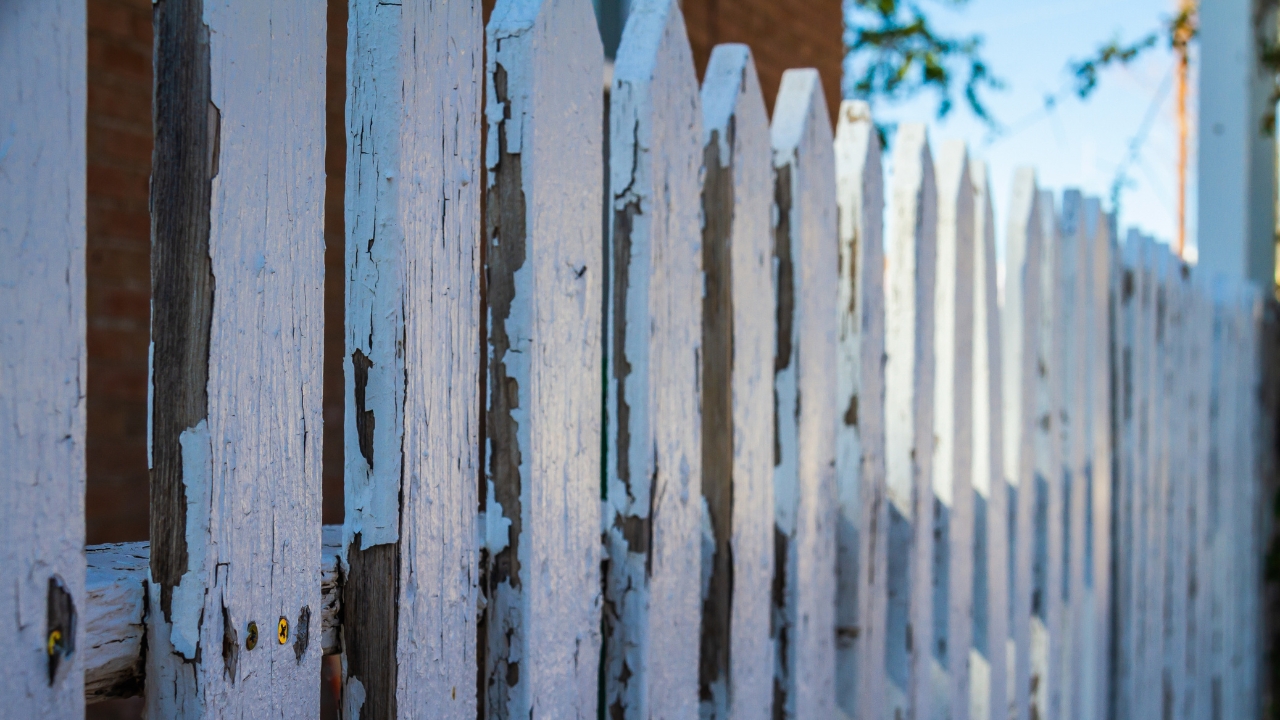
A leaning fence or crumbling border makes a yard look neglected no matter how healthy the lawn is. Pros notice these structures immediately because they frame the entire property.
Strong, well-kept borders tell them you care about both function and curb appeal. Weak ones signal more work to bring the yard up to standard.
Signs of Neglect

Anything from old leaves piled in corners to broken yard tools lying around shows a landscaper that maintenance is lacking. These details stand out instantly.
They’re not judging—you’re hiring them for help—but it does shape their estimate of how much work will go into getting your yard back in shape.
*This article was developed with AI-powered tools and has been carefully reviewed by our editors.

